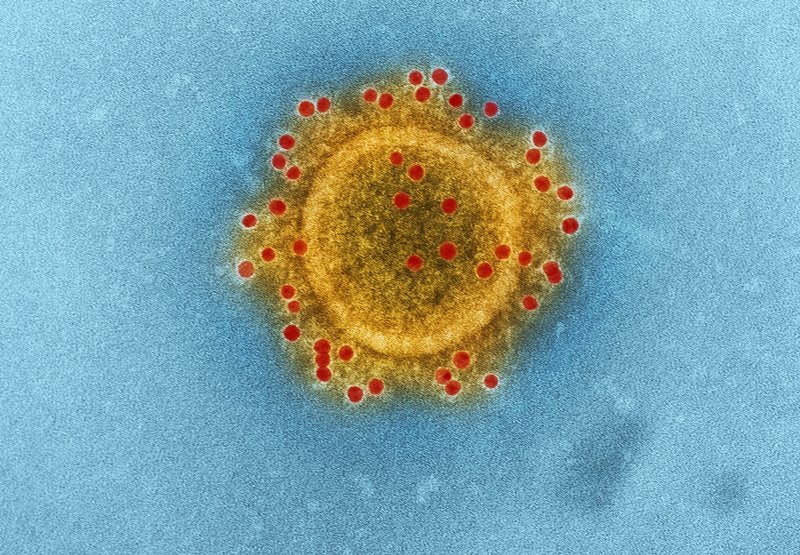Follow the latest updates of the outbreak on our timeline.
On December 31 2019, China reported to the WHO a suspicious case cluster of atypical pneumonia in Wuhan city. Since then, the coronavirus situation has developed into a dangerous epidemiology outbreak with potential impact worldwide.
China finds itself in a familiar situation to almost 20 years ago during the severe acute respiratory syndrome (SARS) outbreak. This time, however, it seems China is not going to repeat the same mistakes and has responded swiftly to contain and stop the outbreak of this strain of coronavirus. GlobalData analysis found that while some of the steps taken have been astonishingly fast, they still may not be enough.
Figure 1 compares the key events of the SARS outbreak and the Wuhan coronavirus outbreak. In the SARS outbreak, China reported case clusters to the WHO three months after the first case had occurred, and it wasn’t until almost five months later that the genome was sequenced by Canada. This time around, however, you can certainly say China reacted with lightning speed.
Events that took months to happen with SARS took place within days with the Wuhan coronavirus, the first case cluster was found and reported to the WHO almost immediately and just 13 days later the entire novel coronavirus genome was sequenced by China and published for free on GenBank. Being able to completely sequence the genome so rapidly has been the most important development that allowed China and other countries to carry out crucial steps in stopping the coronavirus epidemic, such as creating an accurate diagnostic test and starting vaccine and drug target research. China’s current public health system’s strength is plainly visible in its ability to identify a novel virus during cold and flu season.
While China has been very open about information sharing and cooperating with international public health agencies to contain this outbreak compared with SARS, there is still criticism that the government did not do enough to disseminate the information to the general Chinese population. On January 20, there was a sudden jump in infection count among medical staff from zero to 14, which is indicative of at least some information hoarding.
How well do you really know your competitors?
Access the most comprehensive Company Profiles on the market, powered by GlobalData. Save hours of research. Gain competitive edge.

Thank you!
Your download email will arrive shortly
Not ready to buy yet? Download a free sample
We are confident about the unique quality of our Company Profiles. However, we want you to make the most beneficial decision for your business, so we offer a free sample that you can download by submitting the below form
By GlobalDataThis was alarming because 14 is not a small number, especially among medical personnel who are well aware of contamination precautions. Prior to that, it was not communicated to the public that person-to-person transmission is a possibility. Secondly, the travel ban wasn’t instated in Wuhan and neighbouring cities until January 23, but by then, many people had already left the city for the lunar New Year, as it is customary to return home before the 24 to spend New Year’s Eve with family. It is possible that carriers of the virus have already disseminated across all of China and the true extent of the outbreak will only be seen after the New Year holidays.
China’s public health system and government response will continue to be put to the test in the coming months. According to epidemic historians, containment of this size has never been attempted before. Several key events that we will need to watch out for in the near future include the following:
- The WHO declaring a global health emergency. It has not, as of today’s writing, due to China’s rapid response and control of the disease spreading outside of China.
- Development of person-to-person transmission outside of China. The disease is currently not a threat in countries outside of China, but this may change if there is significant person-to-person transmission. Significant person-to-person transmission will be indicative of the virulence of the virus, which is unknown at this time.
- Expansion of large-scale quarantine within China. City-wide travel bans have started in Wuhan and expanded to nearby cities and towns, effectively instigating the largest quarantine in history. To put it in perspective, Wuhan has 11 million people, which is significantly larger than New York City’s population of 8.6 million. The government will need to provide healthcare resources and foodstuffs and to maintain clear communications and high morale in the areas affected by quarantine. Videos posted on the internet show hospitals in Wuhan already overrun by the lack of resources. Travel restrictions have been put into place in provinces as far north as Jilin, where people entering the city must pass temperature checks conducted by healthcare personnel dressed in full protective gear. If this continues, it may be inferred that the Chinese government is bracing for a significant increase in case count.
- Speed of increase in confirmed case count. How fast a disease spreads can be a measure of its virulence. Right now, the speed at which the case count is climbing is worrisome compared with the total case count of SARS by the end of the first year. However, the high rise in case count may also be due to better diagnostic tools, which are now available since the virus genome was sequenced quite early in the outbreak.
- Development of vaccines and drugs. With the virus’s genome readily available, we may see quick development of vaccines and drugs. Some companies are expecting trials in humans in a matter of months, working off the backbone of experience with SARS vaccines and drugs. Nonetheless, any medicines for human use will likely not be available for at least a year.

View hi-res version of GlobalData’s SARS infection spread timeline






Related Company Profiles
Who LLC